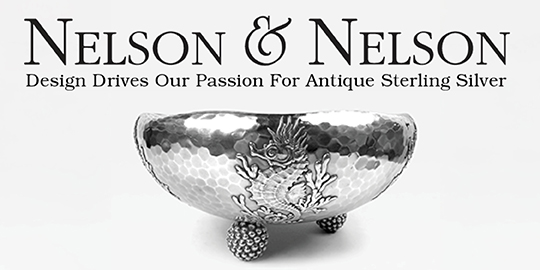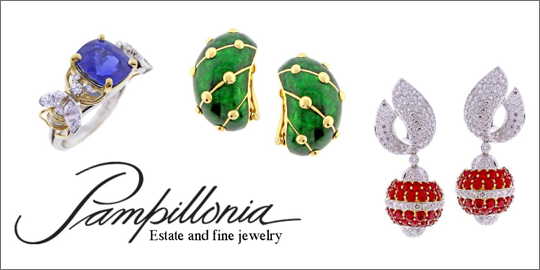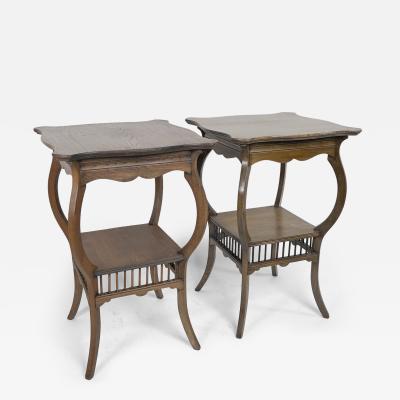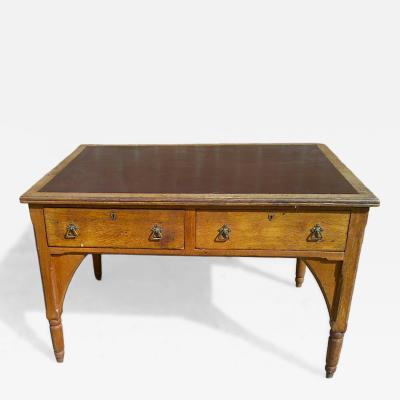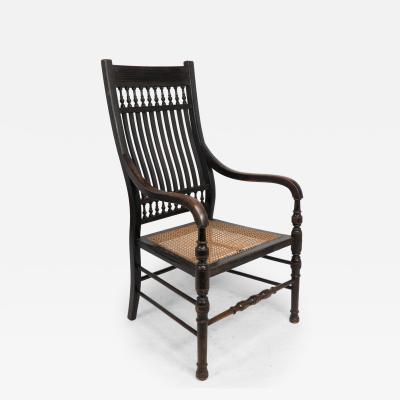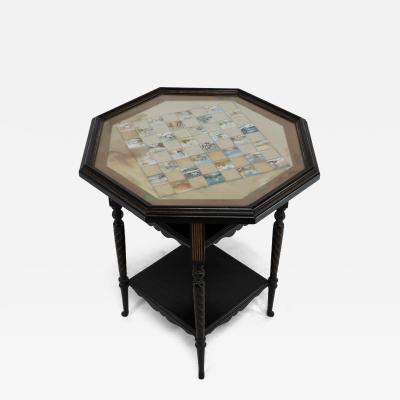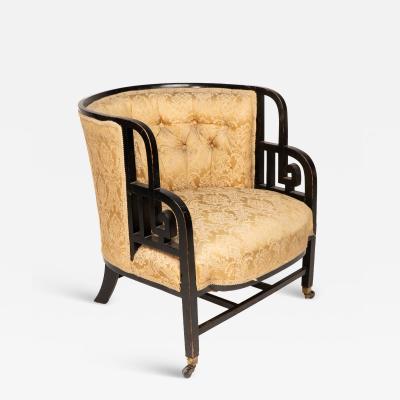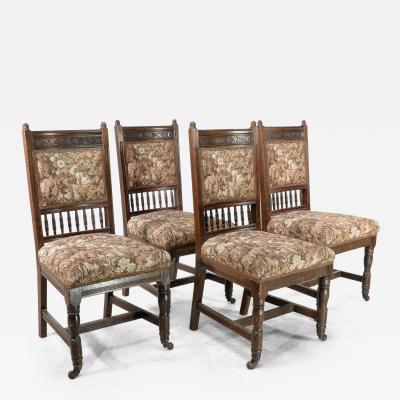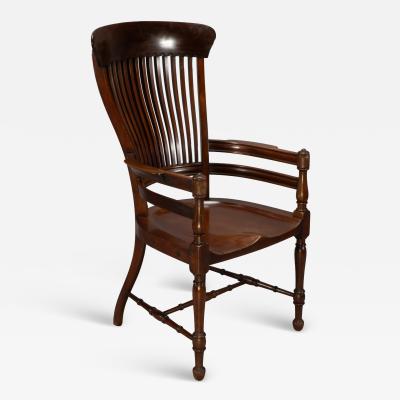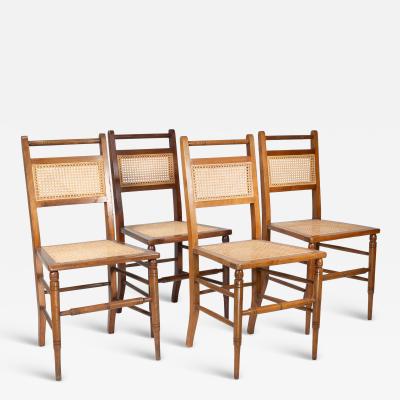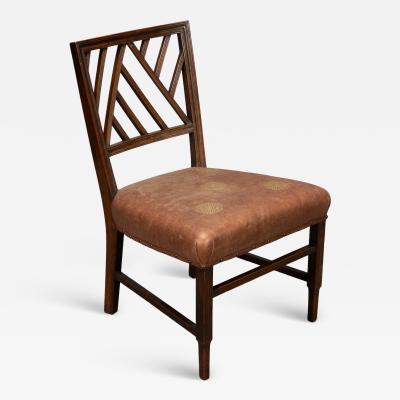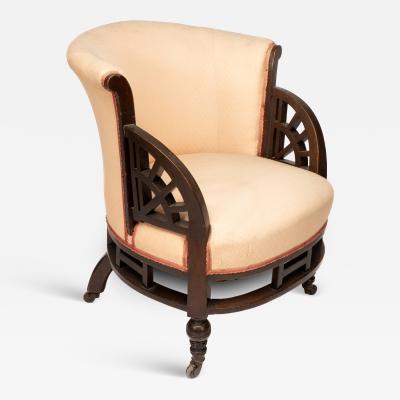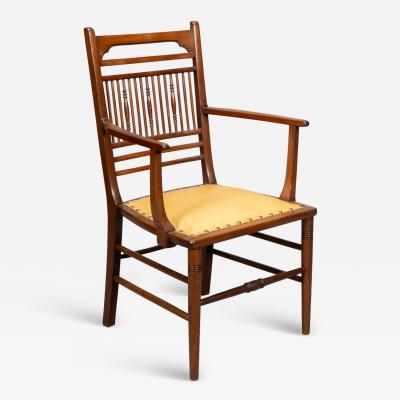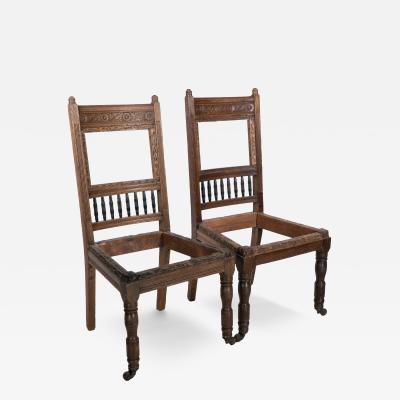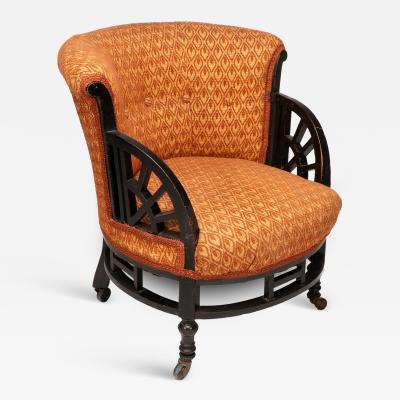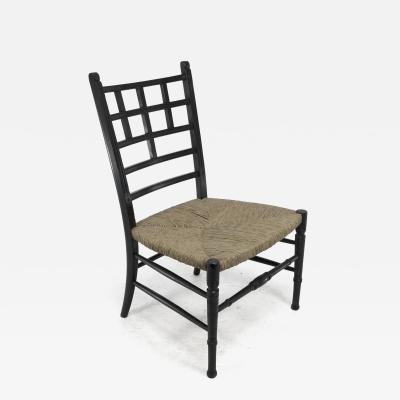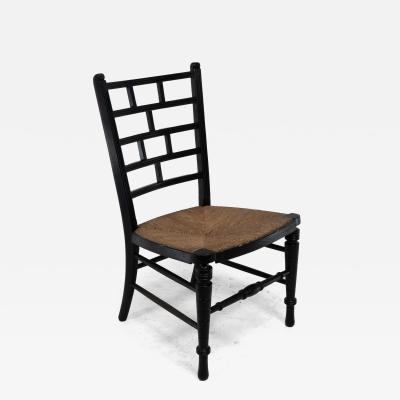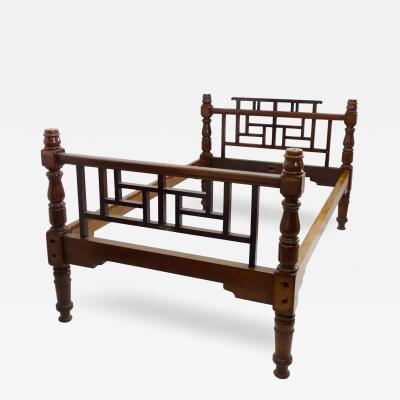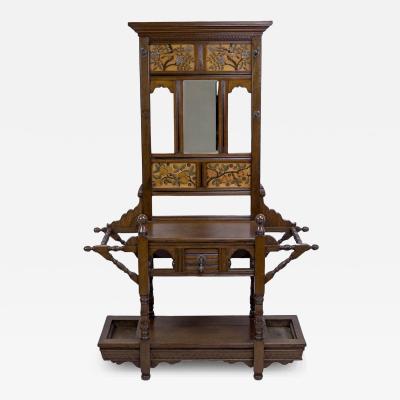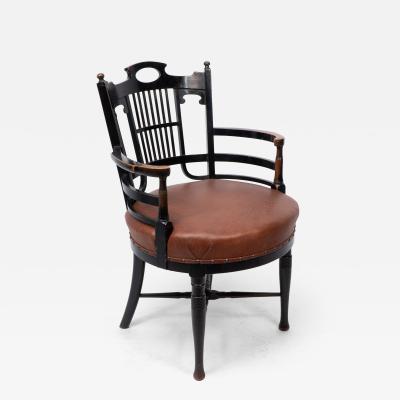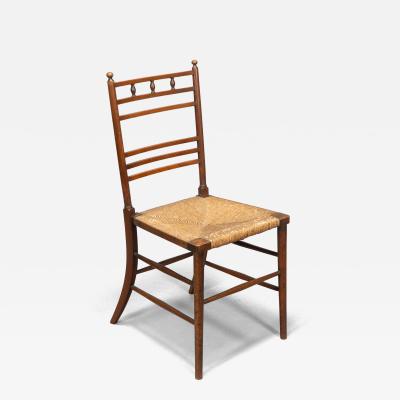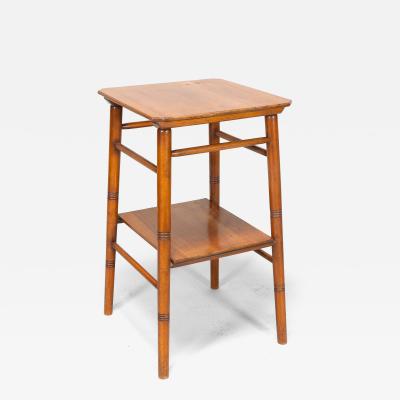Edward William Godwin
Edward William Godwin was a pioneering British architect and designer whose influence helped shape the direction of modern decorative arts and furniture design in the late 19th century. Initially working in a Gothic Revival style, Godwin became one of the earliest and most important proponents of the Anglo-Japanese aesthetic—an innovative fusion that reflected his deep appreciation of Japanese art and design.
From the 1860s onward, Godwin created a distinctive body of furniture that stood apart for its minimal ornamentation, refined proportions, and ebonized finishes. These designs were executed by leading London firms such as William Watt and Collinson & Lock and later retailed through Liberty & Co., helping bring refined, art-forward furniture to a growing class of design-conscious consumers.
Godwin’s “art furniture” was often featured in progressive interiors and exhibitions, admired for its elegance, functionality, and restraint. His clients included cultural figures like Oscar Wilde and Princess Louise, and he collaborated with artists such as James McNeill Whistler on interiors that embodied the ideals of the Aesthetic movement.
Through his bold experimentation with form and global influences, Edward Godwin laid the groundwork for the Arts and Crafts movement and remains a seminal figure in the history of artistic furniture design.
